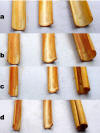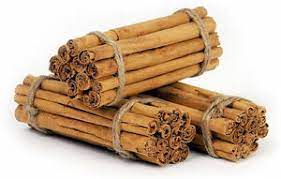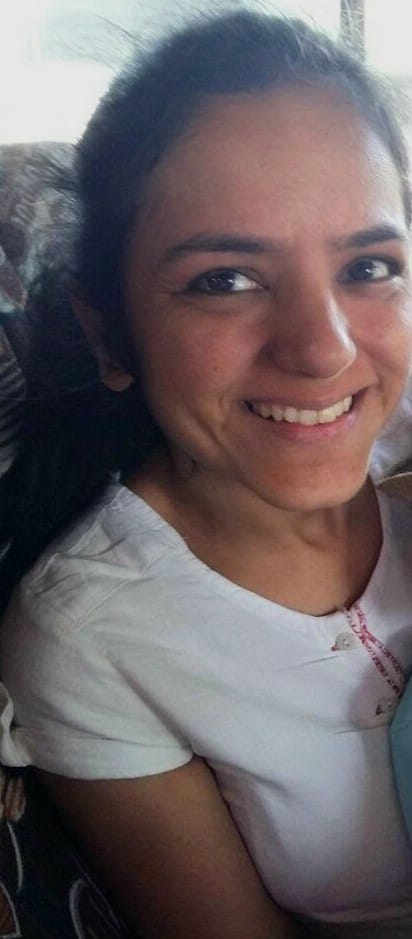At the corner table of a coffee shop, were sitting Shreya and her daadu. Shreya must have been 10 years old. Daadu ordered his favourite dessert in his favourite coffee shop. Can you guess what it could be? Cinnamon roll…Ooo..the arrival of the cinnamon roll brought a big smile on daadu’s face.” Shreya, try this, I am sure you would love it. “ said daadu.
Shreya took a bite and fell in love with the roll. Both of them exchanged smiles and enjoyed their evening snack. It was time to leave, daadu cleared the cheque. They both came out of the coffee shop.
“Daadu,do you know where cinnamon comes from, how is it made?” asked Shreya. Daadu who was holding Shreya’s hand while walking on the pavement, said “let me tell you the whole process. Ready to listen. But you need to be patient.” “ Yayy “ said Shreya. “It is made from the dried inner bark of a tree called cinnamomum verum( height:10-15 metres). This is commonly known as Ceylon Cinnamon. Ceylon is the former name of SriLanka. And since this cinnamon comes from Sri Lanka, hence the name Ceylon.
Farmers must wait 4 years after a tree is planted before they can begin harvesting.

At harvest workers break down the branches early in the morning when the bark is still moist. Farmers must take care of the branches throughout the year otherwise the branches won’t be suitable for making cinnamon at all.
If the branches are hard and twisted they must be cut and only the straight and steady ones
should be kept. A well grown bush can be harvested once after eight months else once in a year.
Now the rigorous part is done
Removing the nodes
After the outer skin needs to be removed.

Then the inner bark is treated with a rod, to make it smooth and easy to take off.

Then comes the peeling of the inner part. The most labor intensive part of the process. To
produce the most valuable cinnamon, the bark must be made extremely thin. The thinner the
quills the costlier they are.

Soon after the bark is removed each piece dries under the sun and curls up within a few
minutes.


Now the small pieces are stuffed inside straight pieces of bark, forming one long 42 inch
quill. After a long day’s hard work, around 1.3 to 1.4 kg of quills are only produced.

Quills are then dried for 3 to 4 days before they are packed and sent to a separate place,
that’s where they are graded and priced based on their width.
At the facility quills are graded over 10 scales, Alba being the most valuable. It takes 4 times longer to produce 1kg of Alba than to produce the same quantity of lower grades. The size of these quills is similar to pencils because during peeling the inner bark has to be stripped to 1 inch in width“ Daadu said.

“Oo my my. This is really interesting to know. And looks like a lot of hard work” said Shreya.“Yes,indeed it is. This is the reason Ceylon cinnamon is costly.” Daadu said.
“And Shreya, do you know that special tools and experienced peelers can do such a job with perfection.” Daadu said proudly. He had a special place for this spice in his heart. Both continued on their path, when suddenly Shreya spotted an insect on a tree , which looked just like the stem of the tree. “ Daadu, look.
See this insect, do you know this is a stick insect. Disguised as a stick.” Shreya said excitedly. Hearing the word disguised, daadu smiled.” What happened daddu” asked Shreya. Daadu said “ Do you know Shreya, there is a cinnamon called Cassia, which comes from another kind of a tree called Cinnamomum Cassia.This is sold in the market as cinnamon. Or I should say disguised as real cinnamon.”
Does this Cassia also go through the same process? was Shreya’s next question. “It doesn’t require as much time/effort to make. The bark is hard and sturdy, so quills are made as one curled piece of bark without the fillings. But Ceylon on the other hand is tender and soft and so needs those inner layers to prevent the cinnamon from breaking.”
“Let me tell you one more fact .Cassia is fragrant and brown whereas real cinnamon Ceylon is pale with a mild flavour.” said daadu.
Shreya was thinking about what daadu just told, when suddenly she saw another coffee shop. She asked daadu, shall we have one more cinnamon roll? “ No, Shreya, what we had is enough for today, we must not have too much cinnamon in a day. Around 1⁄2 to 1 tsp or 1 to 3 small sticks is what is recommended.” daadu explained.
“But why daadu?” asked Shreya. “ Because cinnamon has a chemical compound called coumarin, Cassia has around 5%,which can cause liver damage if consumed in large quantities. Although Ceylon has just 0.004%, it should also not be consumed too much.” told daadu.“Daadu,you talked about the harm that excessive consumption of cinnamon can do but what about the benefits.” Shreya asked. Daadu laughed and said “ There are many benefits due to which this has been called wonder spice since ages. It helps to relieve cough and cold, good for diabetic people, reduces heart disease risk, fights bacterial and fungal infections, is loaded with antioxidants and good for digestion. And you know what, in ancient times people used cinnamon as a natural preservative.”
“One more fact about this wonder spice is that it was discovered some 4800 years ago and was initially used for gift or medical purposes. Around 4000 years ago cinnamon was consumed for the first time. During this time cinnamon was considered 15 times more expensive than silver. Isn’t it interesting?” daadu said excitedly.
Shreya was very excited to have learnt so much about this magical spice. Daadu and Shreya reached home. Mumma called to Shreya “ Shreyu,come and have your milk.” Papa called out “ Finish your milk and then we will have a game of chess. Ok,Shreyu.” Shreya said yes to her parents. Daadu who sitting on the sofa,looked at Shreya and said “Just like,each one of us calls you by so many names, our friend for today , also has many
names.”
“Reallyyy”asked Shreya. Daadu nodded his head. Before Shreya could get to her game daadu told her a few of the following names. Cinnamon is called Dalchini in Hindi, pattai in Tamil ,Karuvapatta in Malayalam, Dalcina cekka in Telugu, Taja in Gujarati and Darucini in Bengali . In Arabic, cinnamon is referred to as Querfa, in Indonesian it’s called Kayu manis, in Persian it’s called Darchin and in Sinhala it’s called Kurundu. Shreya thanked daadu for such a wonderful evening and for introducing her to the wonder
spice, and went to play her game of Chess. Daadu also retired to his room for a short nap.
Written By: Dipti Sehgal, Mother/Story teller/Blogger

